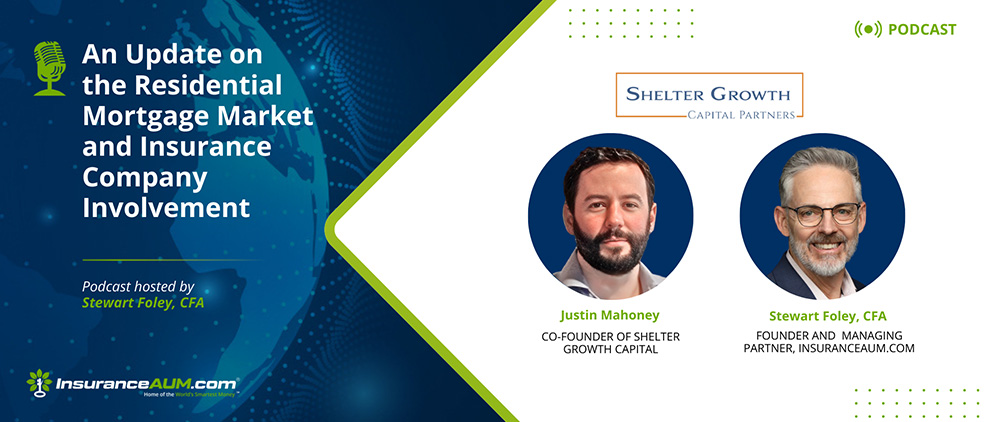Shelter Growth Capital Partners
Shelter Growth Capital Partners is a real estate credit focused, SEC-registered investment manager dedicated to building and managing diversified portfolios of commercial and residential real estate-related loans and securities. Shelter Growth’s clients benefit from the firm’s direct lending platform which has acquired over $16 billion life to date of residential and commercial real estate loans. We believe that direct access to strong credit borrowers is essential to fully capitalize on the investment opportunities in commercial and residential real estate credit. We work with insurers to maximize risk-based capital returns in customized SMAs and other vehicles that meet their risk/return needs.
Scott Barringer
Head of Business Development
sbarringer@sgcp.com
Office: (203) 355-6109
750 Washington Boulevard
10th Floor Stamford
CT 06901






